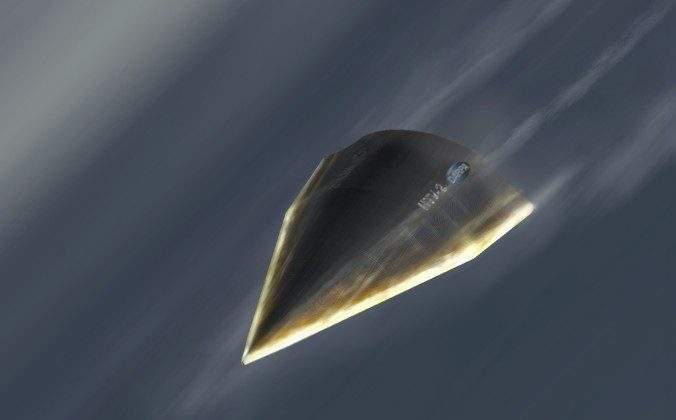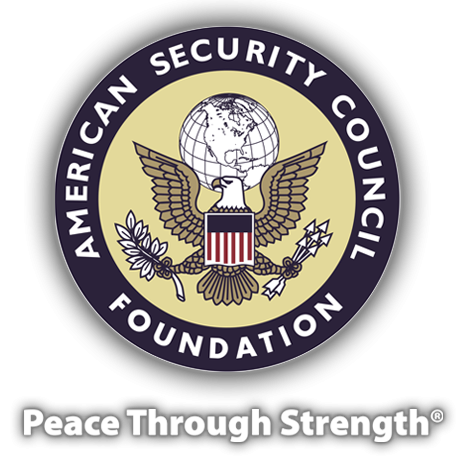Australia-US Begin Hypersonic Weapons Collaboration Amid Arms Race With Russia, China

Hypersonic cruise missiles which travel five times the speed of sound, are one step closer to being part of Australia’s arsenal.
Last week Australia and the United States signed a new agreement to collaborate on developing and testing hypersonic cruise missile prototypes.
When completed, the missiles will be able to traverse the distance of Sydney to Melbourne in just seven minutes.
The missiles are difficult to stop not only because of their speed, but for their ability to slip past radar systems by gliding along the edge of the atmosphere. Hypersonics can also alter their route mid-flight.
The weapons are expected to be fitted to Australian fighter planes.
Commitments to developing the weapons came after Prime Minister Scott Morrison launched a revamped Strategic Update in July to prepare the country for an Indo-Pacific region “that is poorer, that is more dangerous, and that is more disorderly.”
Development will occur under the Southern Cross Integrated Flight Research Experience (SCIFiRE).
Minister for Defence Linda Reynolds said maintaining Australia’s technological edge is key to the Strategic Update.
“I am pleased to see this agreement come to fruition following my discussions with then-Secretary Esper during my visit to the United States in July this year,” Reynolds said.
“At AUSMIN, we acknowledged the unique role of our defence partnership to maintain our competitive edge and affirmed the value of bilateral collaboration on hypersonics,” she added.
The SCIFiRE Program is based on more than 15 years of collaboration between Australia and the United States on science and technology research into hypersonic scramjets, rocket motors, sensors, and advanced manufacturing materials.
Reynolds said the experiment will culminate in-flight demonstrations to show how the weapon performs in operational conditions, which will determine any future acquisitions.
“We remain committed to peace and stability in the region, and an open, inclusive and prosperous Indo-Pacific.”
Michael Shoebridge of the Australian Strategic Policy Institute said the latest steps were “deeply encouraging” and the process is “moving rapidly into actual missile development and production.”
“Hypersonic missiles are such a powerful military weapon because countermeasures against such fast-moving weapons are very difficult. Response times to defend against or manoeuvre away from the missiles are very short,” he told The Epoch Times.
“Along with this, the simple kinetic effect of a missile hit is very destructive (with warheads only compounding that damage),” he said.
“Any opportunities to shorten the time to deliver these new missiles into the hands of Australian and American militaries should be taken, because the deteriorating security environment in the Indo-Pacific requires capabilities like to this to deter conflict–and to win conflict if deterrence fails,” he added.
The Chinese Communist Party (CCP) has caught up quickly in the hypersonic weapons arms race by acquiring warheads from Russia.
Despite research in hypersonics originating in the United States, it was Russia who developed fully functioning weapons and an arsenal first, according to Mark Lewis, director of defence research and engineering for modernization at the Pentagon.
Photo: An artistic rendition of DARPA’s Hypersonic Technology Vehicle (HTV-2). The Air Force wants to develop a new hypersonic vehicle. (DARPA)
Link: https://www.theepochtimes.com/australia-us-begin-hypersonic-weapons-collaboration-amid-arms-race-with-russia-china_3604578.html











